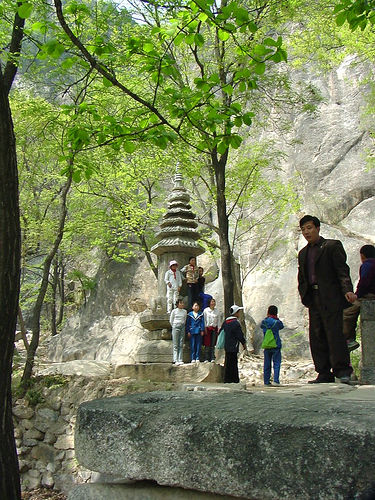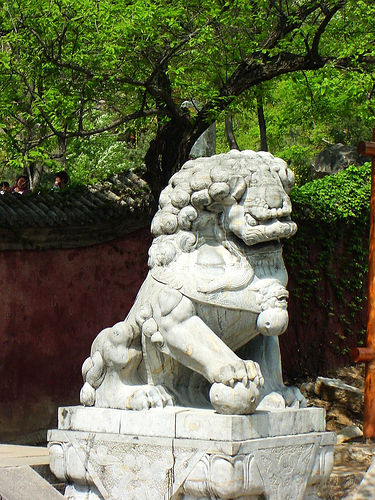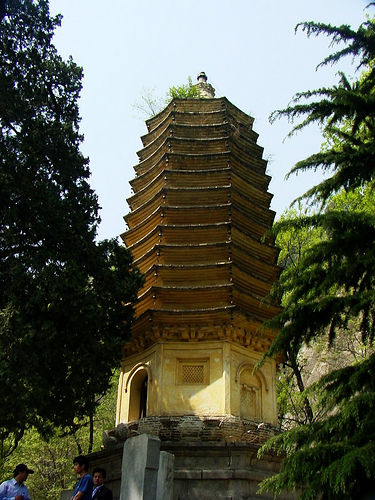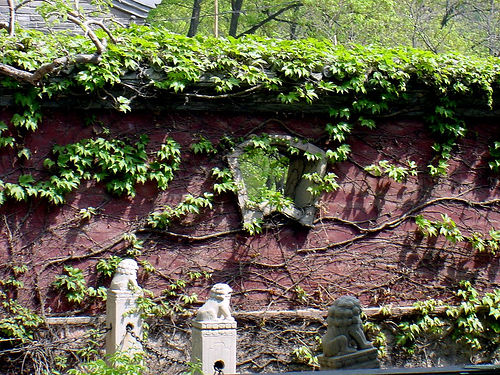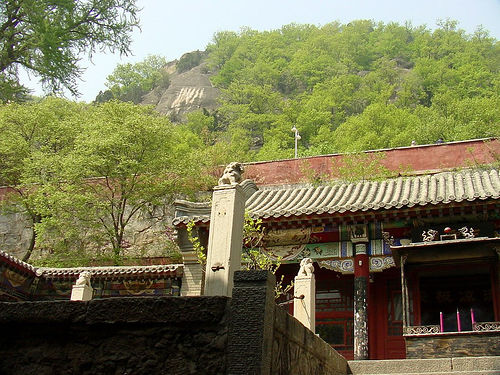| Tools: Save | Print | E-mail | Most Read |
| Mt. Panshan Scenic Area |
| Adjust font size: |
Covering an area of 106 square kilometers (about 26193 acres), Mt. Panshan Scenic Area is located in Jixian County, 110 kilometers (68.4 miles) away from Tianjin, 88 kilometers (54.7 miles) away from Beijing. As the name suggests, the scenic area is mainly Mt Panshan–oriented. Endowed with natural beauty and a historical heritage, Mt Panshan is known as 'The First Mountain East of Beijing' and is listed as one of the top fifteen mountains in
The mountain acquired its present name, early in the Eastern Han (25-220). Taizong , the second emperor of the Tang Dynasty (618-907), was prodigal of his praise of its scenery on his chance visit when he led the army in a campaign. Seventy-two temples, thirteen pagodas and numerous Xanadus and towers were built on the mountain in the Ming Dynasty (1368-1644) and the Qing Dynasty (1644-1911). Qianlong, a brilliant and wise Qing Dynasty emperor was so impressed that he made thirty or so visits and wrote 1366 poems to express his admiration of the area. In the first half of the twentieth century, the whole resort all fell to ruin due to hostilities and neglect. It has undergone a process of restoration since the 1990s and is now regaining its fame.
It is famous for jade pine trees, strange and astonishing peaks, clear waters, grotesquely shaped rocks and clusters of ancient temples. On the mountaintop, numerous pines hide the sky from view and block out the sunshine. Rugged rocks in a variety of shapes, some of which resemble a toad, a general or a boa, will greet you in the middle of the mountain. At its foot, clear water splashes on the rocks. The mountain consists of five peaks, with the main one, Guayue (Moon Hanging) Peak. Although From the
Travel tips: Admission fee: 30 yuan Opening hours: 09:00 to 16:50 Recommended time for a Visit: One and a half hours Bus Route: First take train to (travelchinaguide.com July 25, 2007)
|
| Tools: Save | Print | E-mail | Most Read |
 |
| Related Stories |

